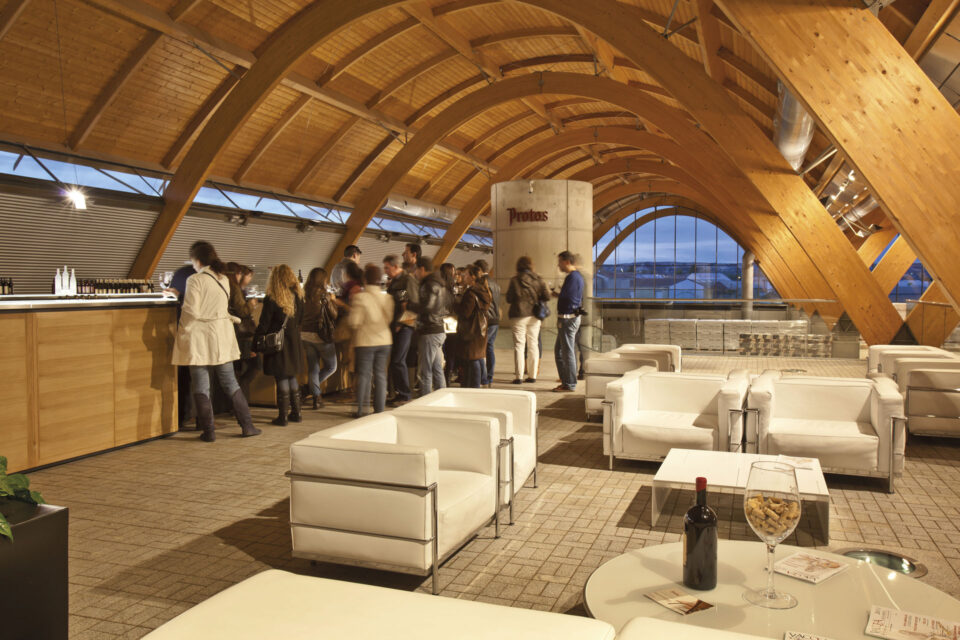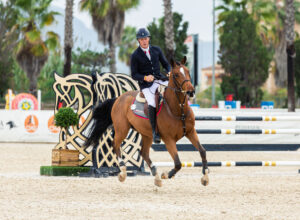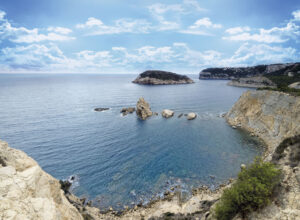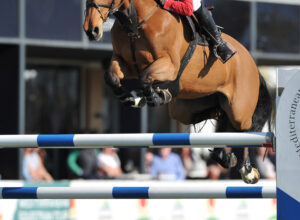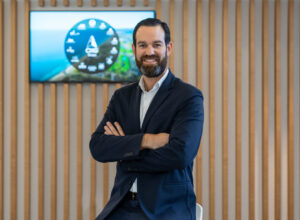Valencia is not like any other city. There are endless leisure options, including activities for children. Spending only one day in Valencia, you need to be selective! It may be over before you know it.
BIOPARC, THE INTEGRATED ZOO
Bioparc Valencia is a new concept of zoological garden. It was created under the premise zoo-immersion because visitors are completely immersed in the wildlife habitats. How do they do that? Animals are not in cages in Bioparc Valencia. They can move freely around the facilities through rivers, ponds, streams and rocks. Bioparc Valencia has reproduced the African continent in 100.000 sq. metres: the equatorial forest, Madagascar, large wetlands and the savannah. Animals, vegetation and landscape blend together and form a whole. Visitors can learn about living organisms and elements which form ecosystems, in such a way that helps them know how ecosystems function and incentives them to promote conservation.
Bioparc Valencia is committed to animal welfare and conservation, as well as education and awareness for the need of preserving their original ecosystems. It takes part in dozens of breeding in captivity programmes for endangered species. The amazing multispecies venues are one of the reasons why Bioparc has become a worldwide referent among the zoos. These spaces authentically recreate habitats where animals from different species live together just as they would do in nature. These open areas become a source of enrichment and stimulus for animals and also offer a much more realistic image of nature to visitors.
OCEANOGRÀFIC, THE SECOND-BEST AQUARIUM IN THE WORLD

Do you want to visit the largest oceanographic museum in Europe? The second with a largest number of sharks? Do you want to go through the longest submarine tunnel in the continent? The only one with a whole beluga family? The Oceanogràfic, located in the avant-garde architectural complex of Ciutat de les Arts i les Ciències in Valencia, is a worldwide referent. It was inaugurated in 2003 and it is much more than a simple marine zoo. According to TripAdvisor Travellers’ Choice Awards 2018, it is considered the second leading aquarium in the world, right behind the Oceanário in Lisbon. It is perfectly divided into seven areas and each building is identified with the following aquatic environments: the Mediterranean, Wetlands, Temperate and Tropical Seas, Oceans, the Antarctic, the Arctic, Islands and the Red Sea, as well as the Dolphinarium with dolphin performances every day.
During the visit along the many different facilities, visitors get to know the behaviour and the way of living of more than 45.000 individuals of 500 different species hosted in the Oceanogràfic: dolphins, belugas, walruses, sea lions, seals, penguins, turtles, sharks, rays, sawfish, jellyfish, starfish, sea urchins and crustaceans of all kinds; as well as the bird species found in wetlands.
The Oceanogràfic in Valencia has been consolidated as the European aquarium with a largest number of shark individuals and species. It is in the top five in the world. In 2019, a transversal program is being developed to provide a richer experience to visitors and raise awareness of the most fascinating animal in all oceans: the shark. Over 100 individuals of more than 20 shark species are on show in every habitat in the oceanographic museum. This implies an exhibiting effort to place sharks and visitors face to face. The Oceanogràfic Foundation extends the work that the Oceanogràfic carries out such as the incubation, breeding and recovery of sharks and rays since they are in the egg. Commonly called the “shark farm”, this work is developed in close partnership with the Polytechnic University of Valencia, and it ends up setting the animals free into the open sea.
It is a worldwide referent in the care of marine tortoises. It is the easiest animal to carry to the Oceanogràfic facilities. There is a “tortoise hospital”, the biggest facility in Spain and one of the greatest in Europe devoted to care and tortoise rehab.
SCIENCE MUSEUM PRÍNCIPE FELIPE
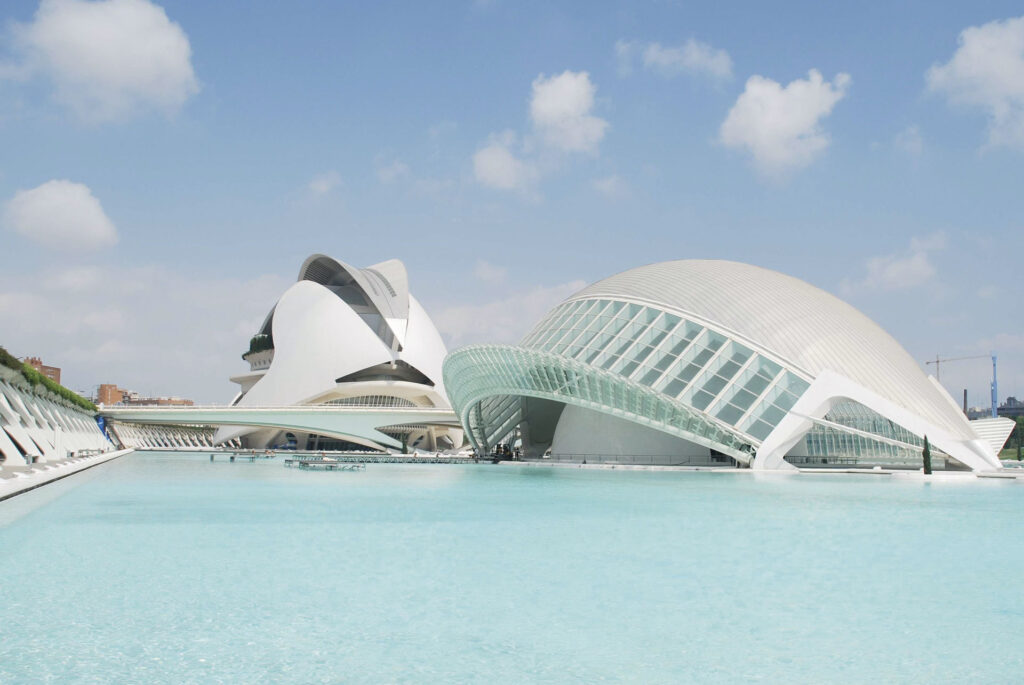
The Science Museum Príncipe Felipe is the most monumental building in the avant-garde architectural complex of Ciutat de les Arts i les Ciències. It promotes the dissemination of many science-related activities, a sure bet to keep children entertained. They can get closer to basic scientific and technology concepts through experience, while they learn. The stunning building itself is worth visiting, it looks like a giant whale´s skeleton.
THE GULLIVER PARK
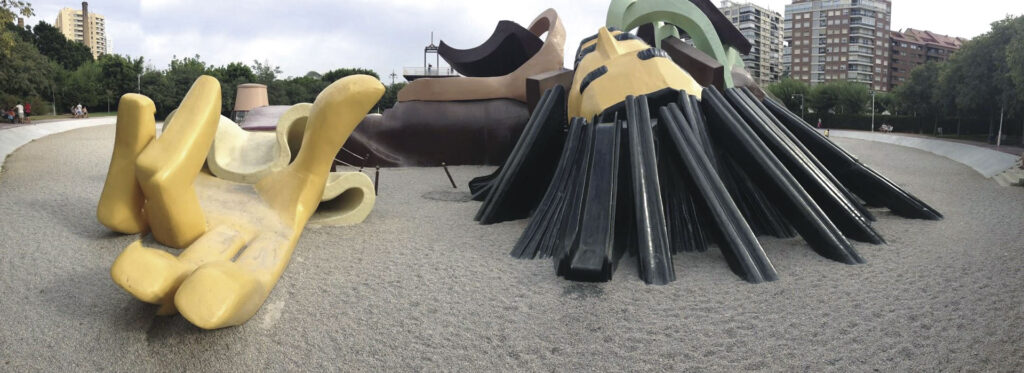
If you have come to Valencia by plane, you have surely seen it from the air: a giant Gulliver tied to the ground in the eastern part of the city. Located in the Turia Garden, the former Turia riverbed, and really close to the architectural complex of Ciutat de les Arts i les Ciències, there is the Gulliver Park. Based on Jonathan Swift’s satirical novel “Gulliver’s Travels”, this giant figure represents Gulliver lying on the floor and being tied with ropes to the ground. Children playing around could represent the tiny inhabitants of the country of Lilliput. The giant is full of slides and stairs to slip and climb. However, it is built in a soft material and with rounded shapes to keep children safe. There is clearly no danger, at the greatest slopes are coated with soft material.

